Most people who visit the Mona Lisa go to see the painting. Those who venture to the Statue of Liberty usually want to see the statue. Tourists standing beneath the Eiffel Tower tend to look at the tower.
Not Oliver Curtis. For the past four years he’s gone to some of the most visited sites in the world and photographing anything but the main attractions. In 2012, he went to Egypt to see the Pyramids of Giza, and as he looked at the Pyramid of Khufu, he couldn’t help but feel that he’d seen it before. The truth was, of course, that he had seen it before—in photographs, just like everyone else there pointing their cameras at the ancient monument. Pondering this, Curtis decided to wander around the base to get a different perspective of the site.
“I found myself looking out from the direction I’d come from, with my back to the pyramid. The sight was really quite remarkable, with rubbish in the foreground, a golf course in the middle, and the suburbs of Giza in the background. I thought to myself that this is expressive of something alternative to the pyramid. It has a dialogue with the pyramid, but it’s also very different and sets up a very interesting dynamic,” he said.
That photo would serve as a template for many Curtis made as he traveled the world, largely for his work as a cinematographer. Everywhere he visited, he planned trips to historical sites and monuments. When he got there, he promptly turned his back on the thing everyone was looking at and tried to make a photo of something else that would, ideally, reflect the history of the place and show something new about it.
“Some of them were very immediate. Somewhere like the Vatican, I found many shots I thought were evocative as a volte-face. Others were much more difficult, and I had to walk around for many hours, or I’d come back a day later to find something. Eventually, something interesting happens, whether it’s soldiers marching away in Chile, or this guy walking down the side of the Lincoln Memorial. I realized quite quickly this project had legs,” he said.
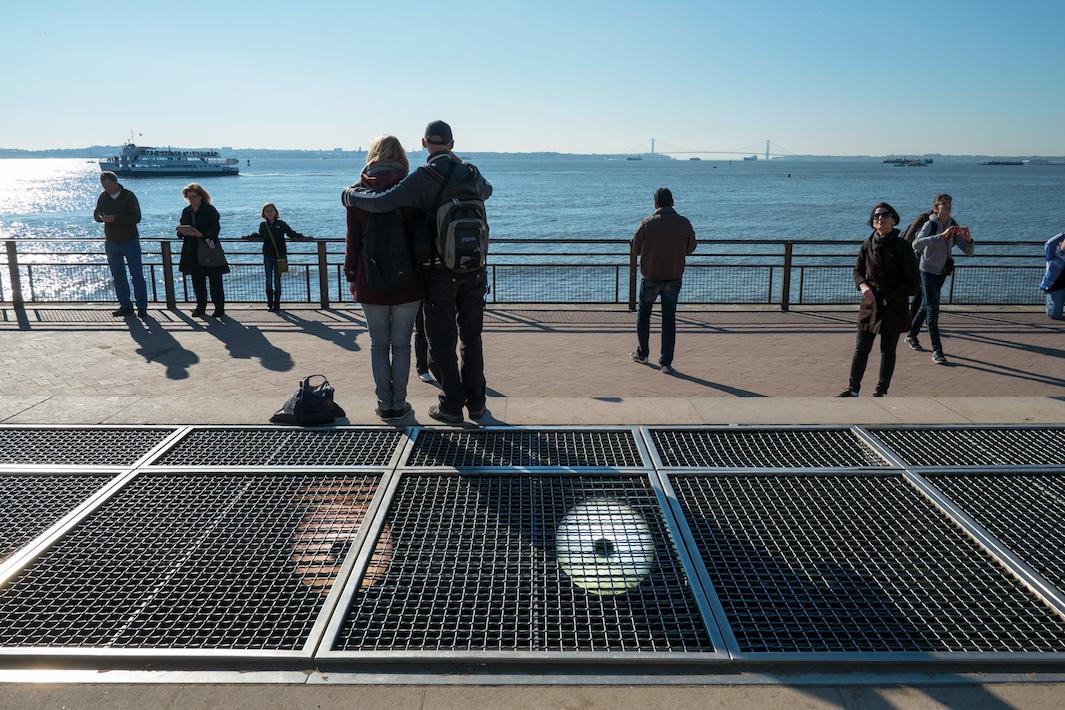
Copyright Oliver Curtis
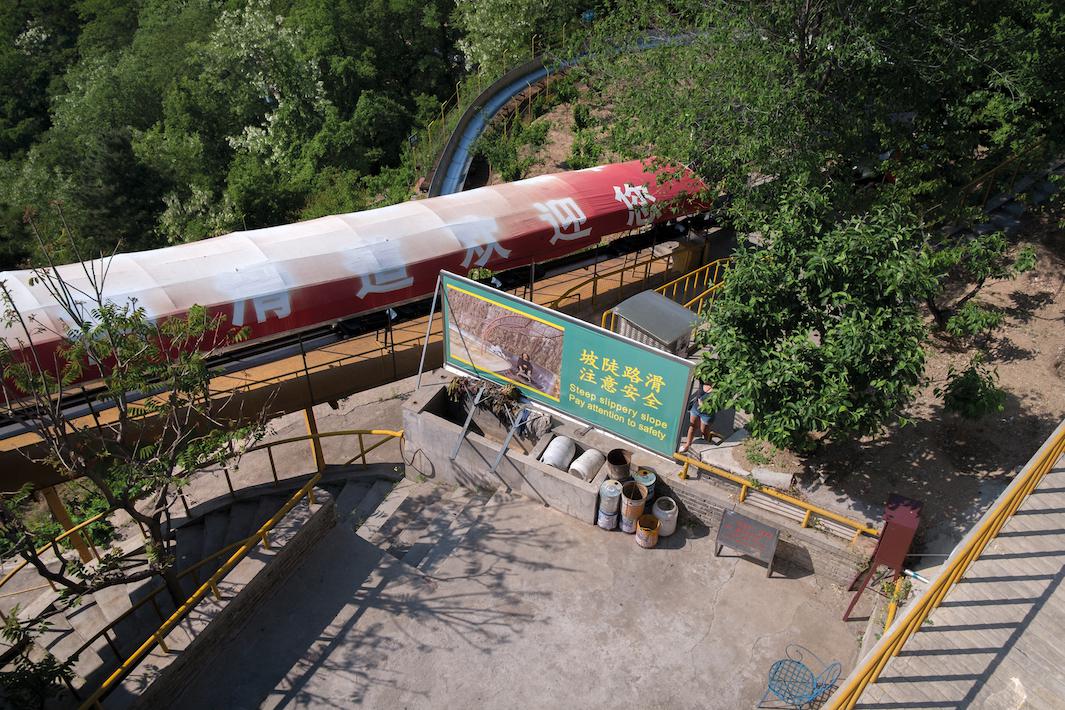
Copyright Oliver Curtis
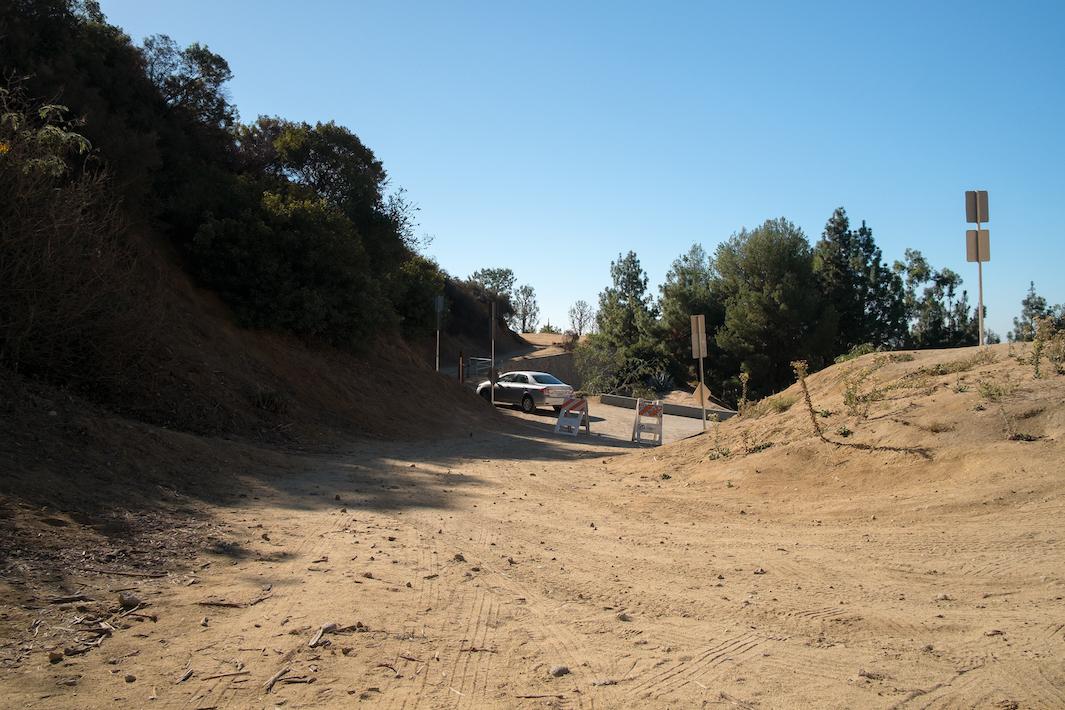
Copyright Oliver Curtis
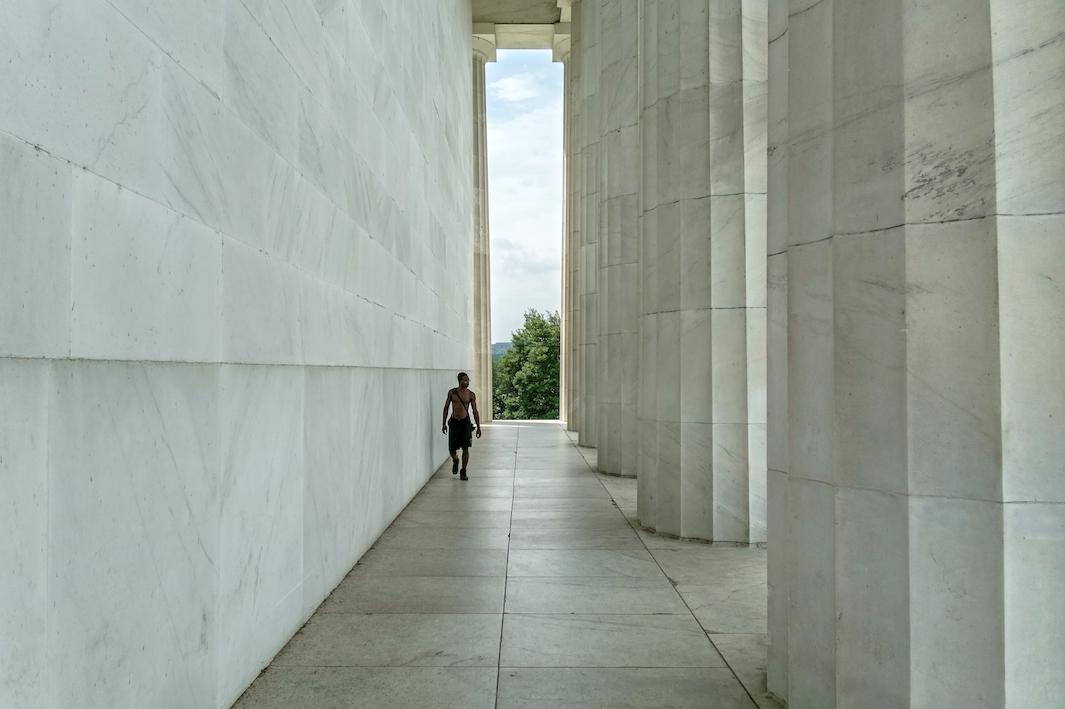
Copyright Oliver Curtis
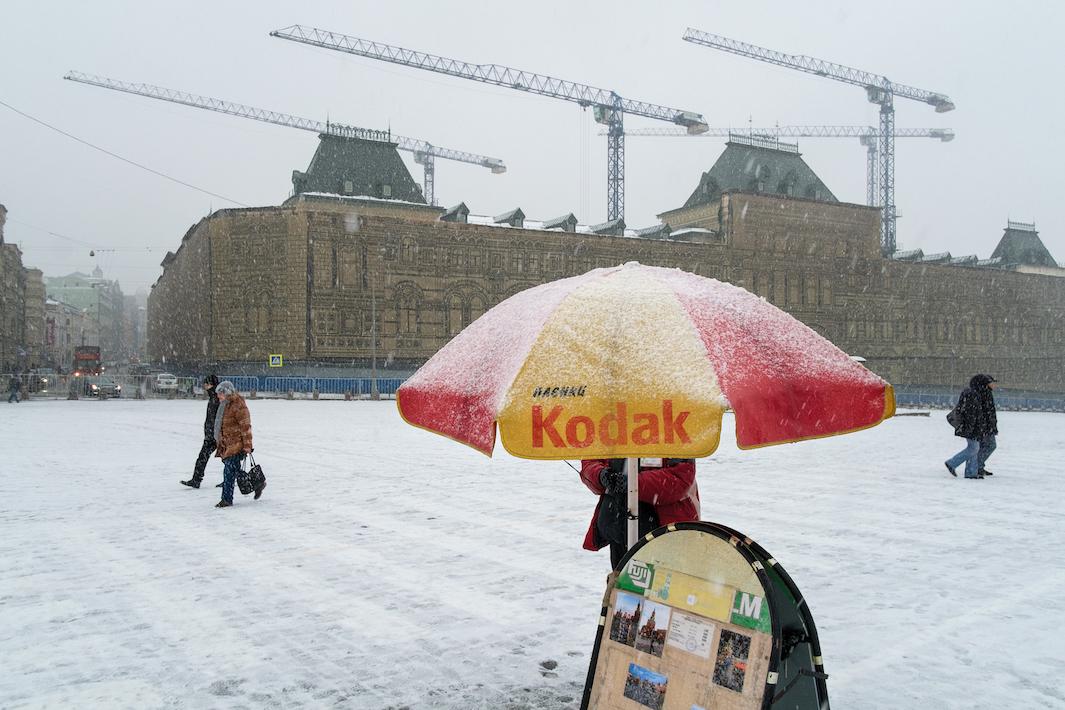
Copyright Oliver Curtis
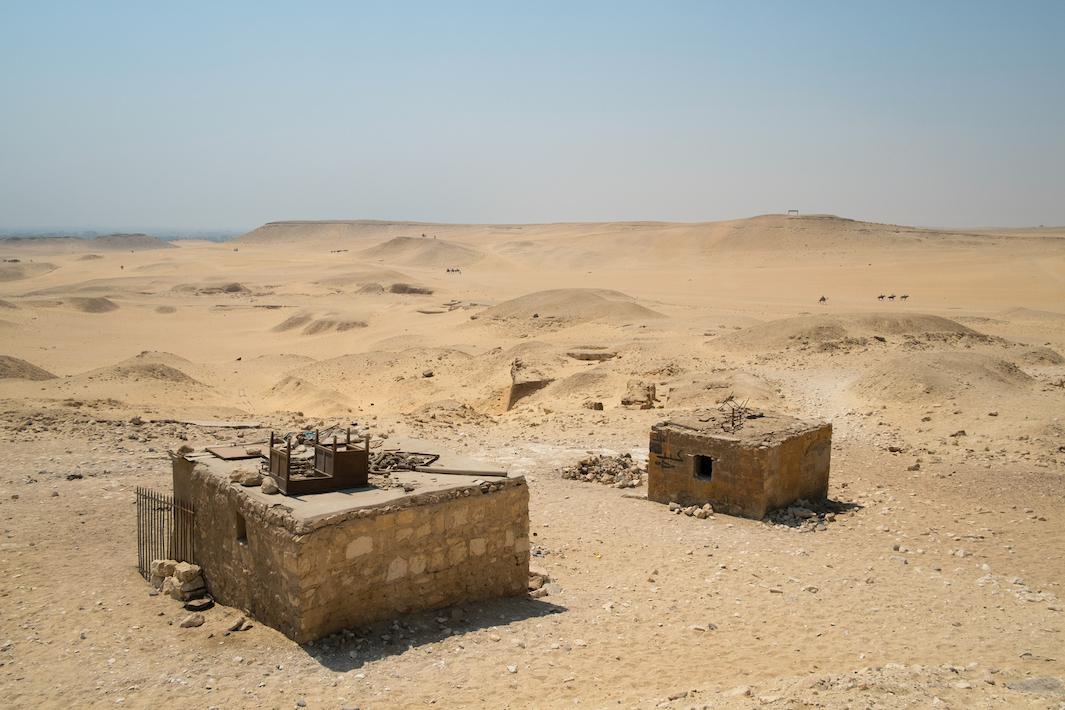
Copyright Oliver Curtis
Curtis’ perspective recognizes the fact that monuments, beyond simply being fodder for tourist snapshots, are places where local people earn their living. As a result, janitors, security guards, and shopkeepers who go to places such as the Christ the Redeemer statue or the Lenin Mausoleum every day to work often feature prominently in the images.
His photos also highlight the reality that while monuments are well-maintained points of national pride and identity, not nearly as much care is given to the landscapes surrounding them. In many cases, looking just beyond a famous statue or architectural feat yielded an ordinary or even ugly view.
“Any chance to reveal something fresh about something patently not fresh appeals to me. It’s the contrary part of my nature, I suppose,” he said.
Curtis’ photos are collected in a book, Volte-Face, which Dewi Lewis Publishing will release next month. Photos the project will be on display at London’s Royal Geographical Society from Sept. 19 to Oct. 14.

Copyright Oliver Curtis

Copyright Oliver Curtis
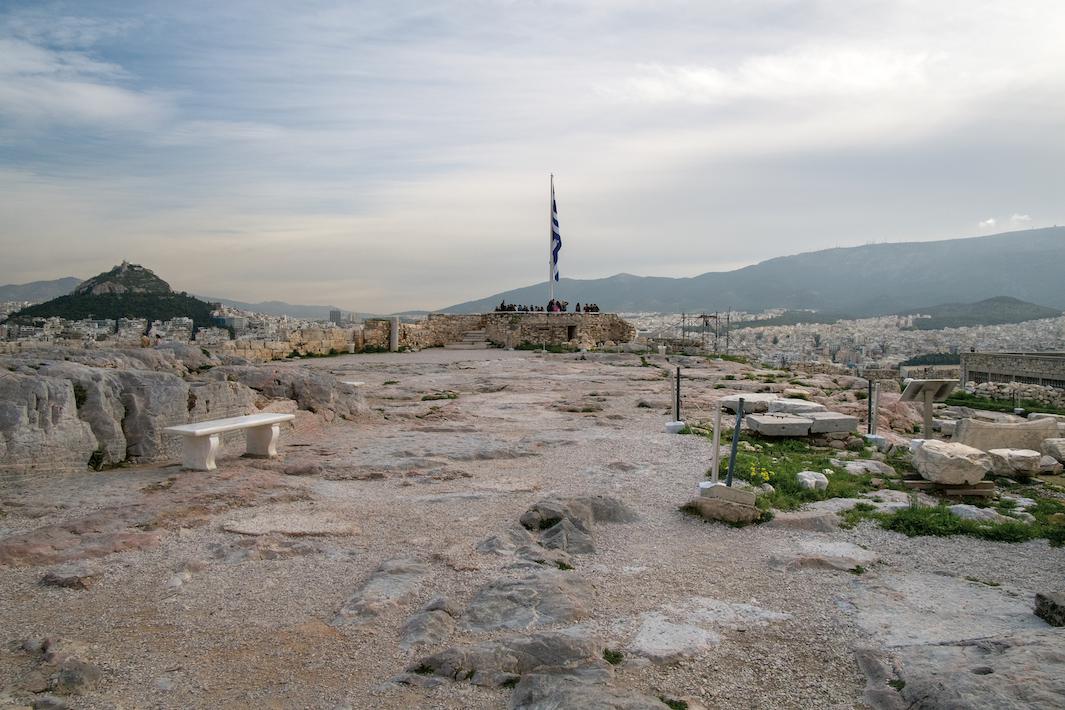
Copyright Oliver Curtis
